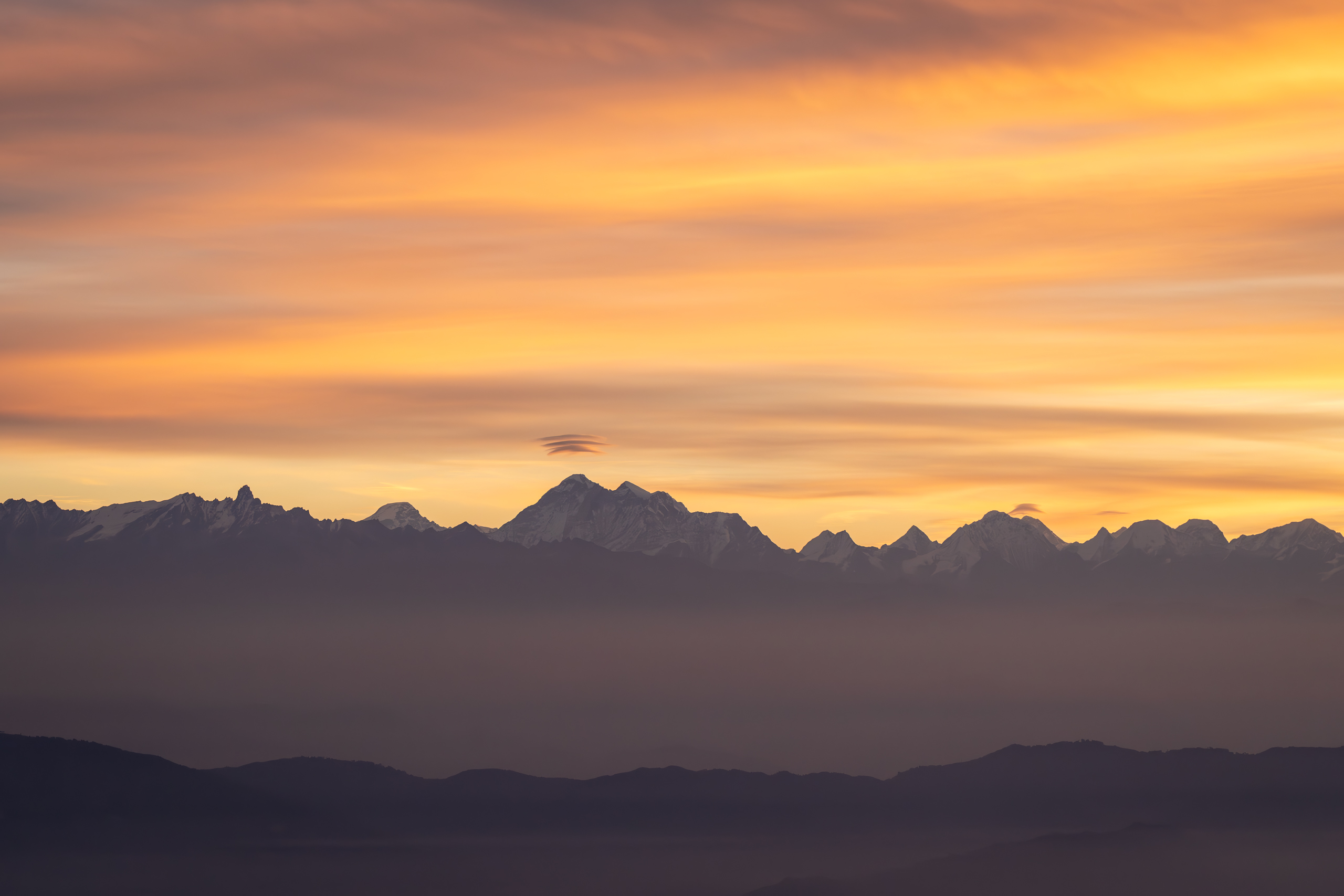Embarking on the journey of planning a trip to Nepal unveils a world of awe-inspiring landscapes, rich cultural tapestry, and unparalleled adventures. Yet, the path to a seamless Nepalese odyssey is laden with potential pitfalls. Picture this: you’re set to conquer the peaks while trekking in Nepal, only to realize your timing clashes with the monsoon. The anticipation fizzles, and the dream wavers. The truth is, without decoding the intricacies of the terrain and nuances of local customs, your trip could pivot from an adventure to an ordeal.
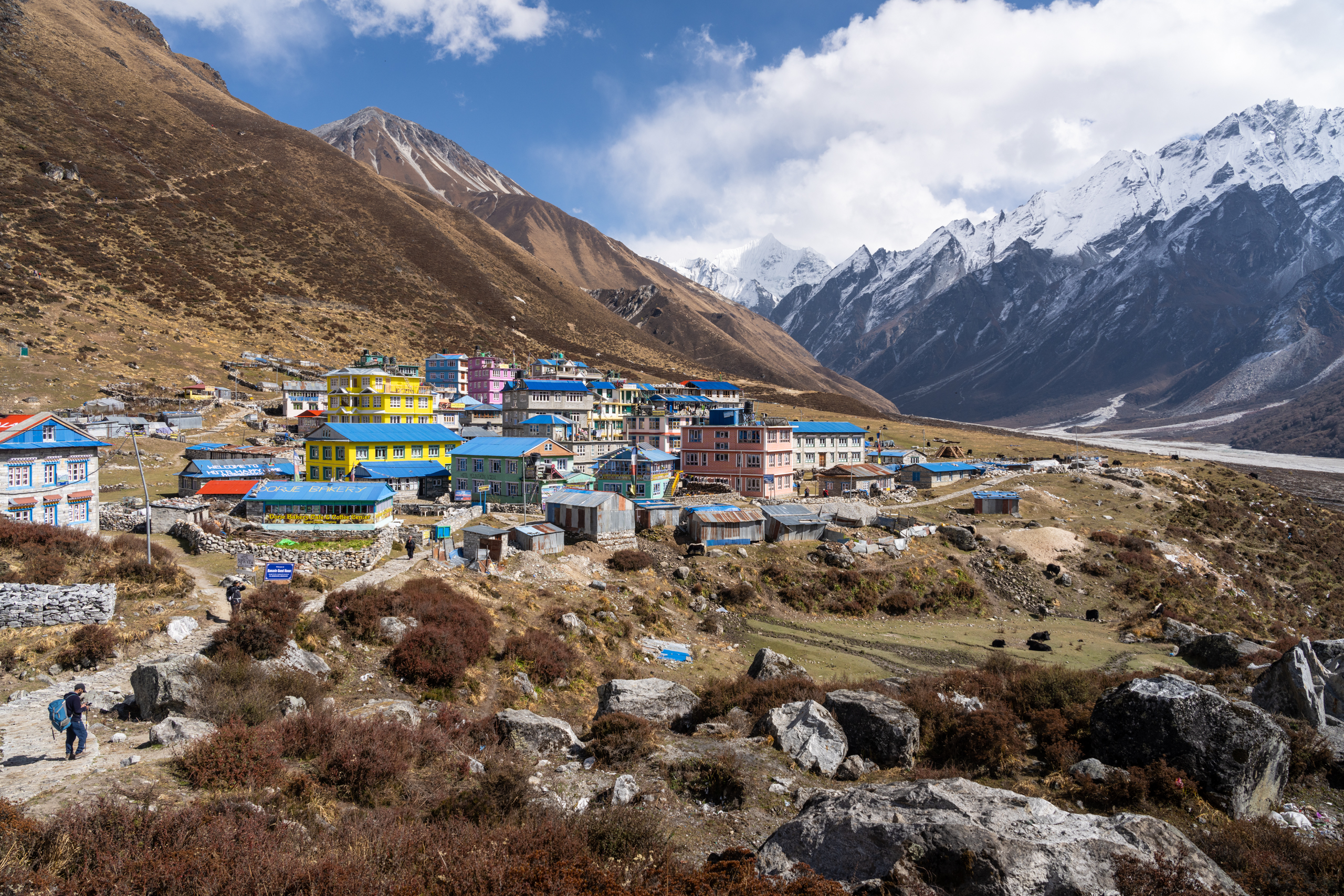
So, let’s address the elephant in the room – the nitty-gritty of Nepal travel planning. When is the best time to visit Nepal? What are the visa requirements in Nepal? Are there any unmissable tips for weathering the uncertainties of the Nepalese way of life? Fear not, intrepid traveler. We’ve curated a compass for your expedition, a guide to the rhythm of Nepal, from preparing for the local cuisine to assembling your Nepal travel checklist. Dive into the nuances of backpacking in Nepal, explore sustainable travel tips, and immerse yourself in the cultural mosaic of this Himalayan haven.
Ready to transcend the ordinary and elevate your travel experience? This isn’t just a trip; it’s a transformative odyssey. Trust me. Your adventure begins now.
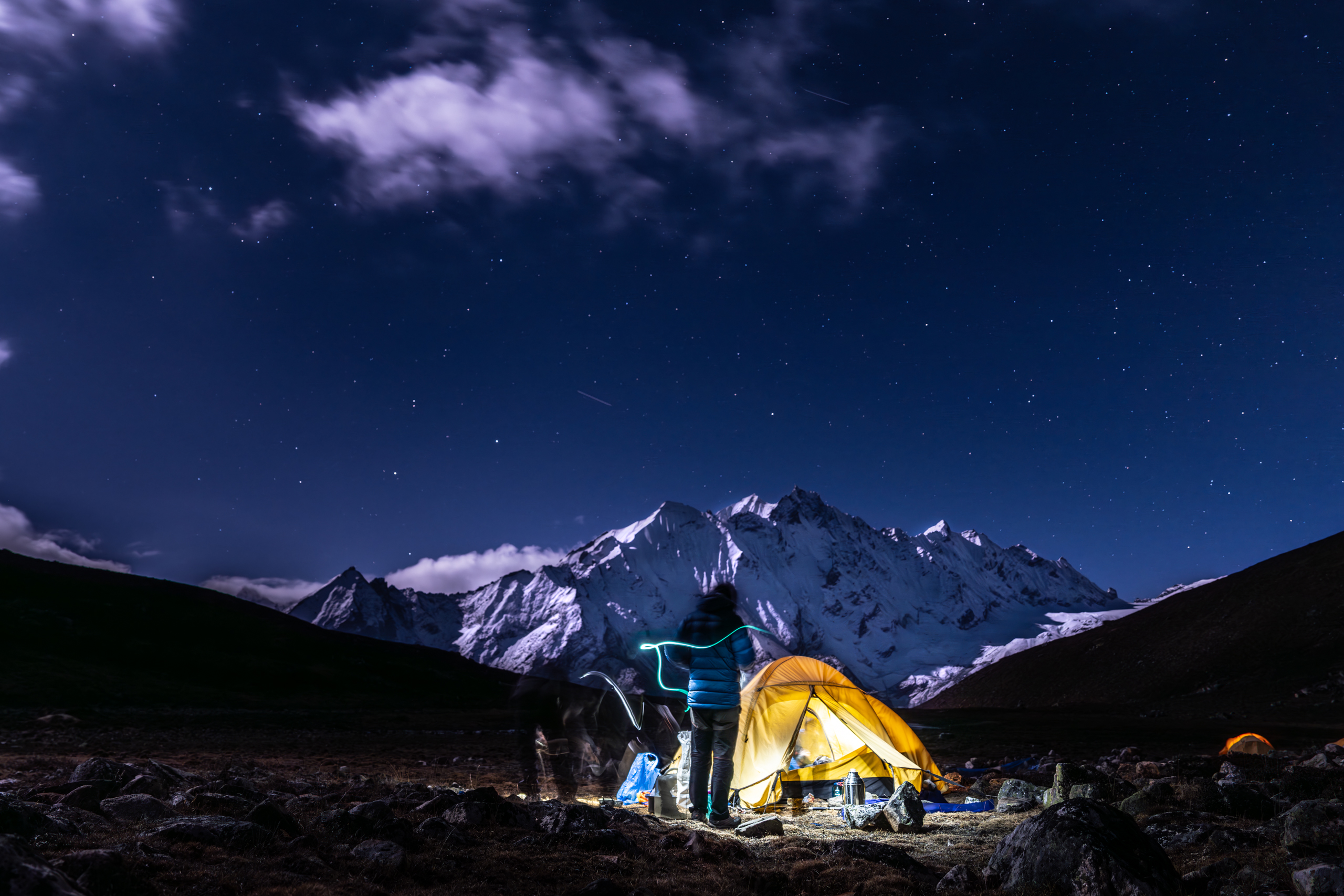
Non-Negotiables When Planning A Trip To Nepal
Do Not Fear The Squatty Potty
Your hotel in Kathmandu will have a western toilet. Some of the teahouses you stay in will as well! But what you will come across most often are holes in the ground covered with a porcelain bowl. Walk in, squat low, let your arms rest on your knees, and get the job done. There will also be a bucket of water with a plastic cup that you can use to pour water down the toilet to ‘flush’. Which… is also why bringing hand sanitizer along is non-negotiable (see point 3).
Doh! I almost forgot the most important part – don’t forget to add biodegradable baby wipes to your Nepal travel checklist. Better yet, bring an antimicrobial, eco-friendly pee cloth like the Kula Cloth. No one provides toilet paper in Nepal in the toilets aside from your hotels in Kathmandu. Expect to bring your own into all toilets. Most squat toilets will have a little basket or box for your wipes or toilet paper. But in the case that it doesn’t, it’s also a good idea to bring a little baggy with you to pack it out until you find a trash can. For the ladies, do NOT send your sanitary products down the toilets. This is another key reason to bring those baby wipes along.
Imodium, Zofran, And Cipro, Oh My!
You ever heard of Delhi Belly? Or Trekkers Tummy? No? Haven’t heard of that one? It’s probably because I just made it up. 🙂 While local cuisine in Nepal is flavorful and unique, you’ll likely experience some form of a stomach bug when visiting. BUT there are several remedies that I would recommend keeping on you at all times. My FAVORITE thing I now take with me everywhere I go is Plantain Tincture. It’s an herbal remedy known for its topical and internal healing properties. I also take an essential oil with me called Tummy Rub. The main oil is peppermint, which is very soothing to rub topically on an upset stomach.
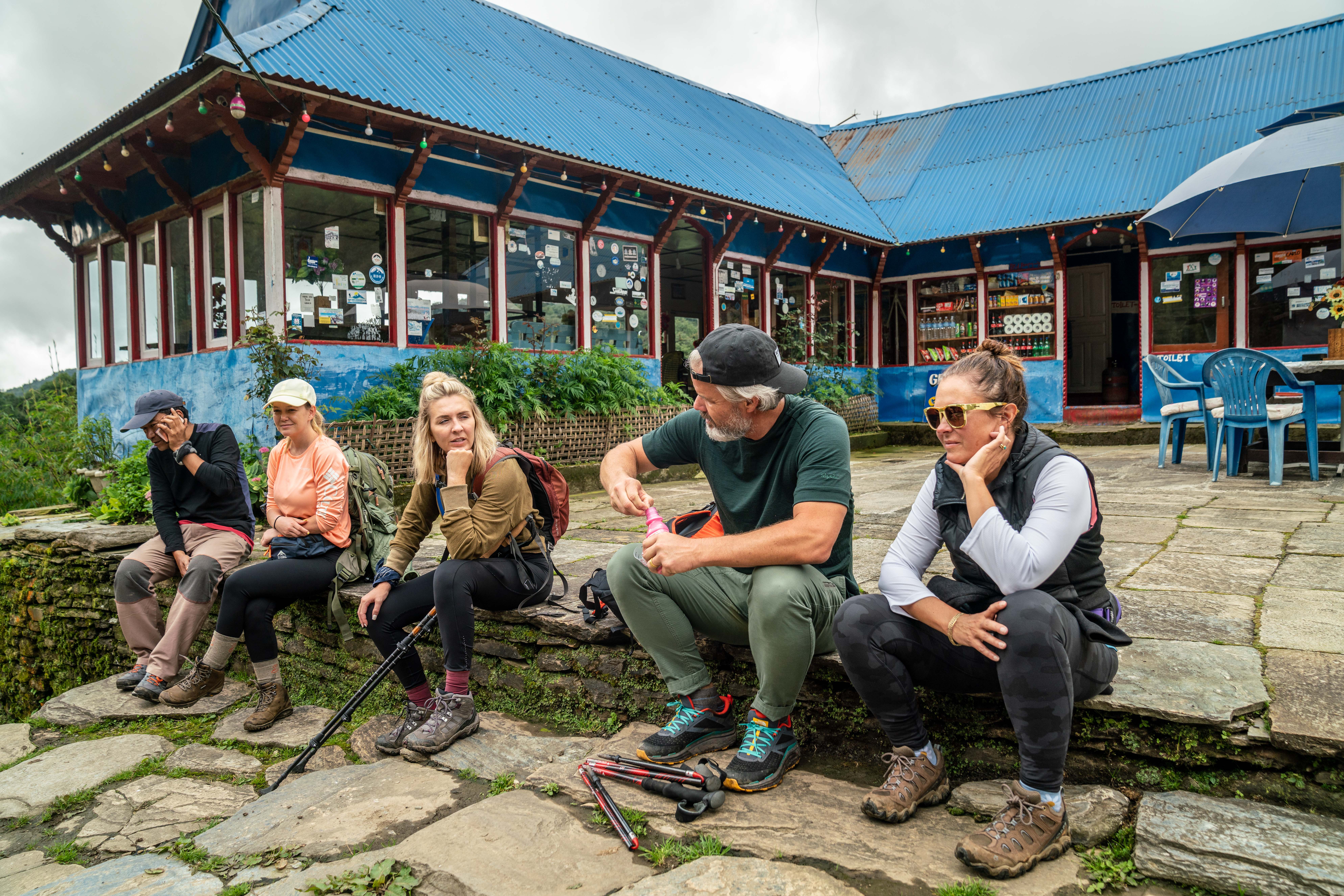
It’s also a great idea to chat with your primary care doctor before departing to get a prescription for Zofran and Ciprofloxacin. Transportation in Nepal is bumpy, windy and very stop-and-go. Zofran is great for calming nausea whether it be from car sickness or something that may not be settling well on your stomach.
But in case you do come down with a case of diarrhea, be sure to have some Imodium on hand. Then Cipro is like bringing in the big guns. It’s an antibiotic used to kill bacterial infections related to traveler’s diarrhea. It’s the thing you take if you aren’t feeling better after 12-24 hours of the other goods.
Keep Ya Hands Clean!
Hand Sanitizer. Use it. That’s all.
Seriously… what is the biggest transmitter of disease and illness? Our hands! And when you’re in a new place that isn’t necessarily known for its cleanliness, do yourself a favor and make using a hand sanitizer a habit before you eat, snack, touch your face… EVERYTHING. I historically have not been great in this particular area, but I’m convinced my diligence with hand sanitizer this last trip kept me healthy.
Safe AND Eco-Conscious Hydration
In 2017, Harry (my husband) and I lived in Bangalore, India for 3 months. The tap water is not safe to drink in India and we weren’t really prepared or experienced enough at the time to deal with it in an eco-friendly way. So we went through hundreds of plastic bottles of water while there and it really hit a nerve in us both. So I started digging into sustainable but lightweight water filtration for travelers.

Similar to India, tap water is unsafe for drinking in Nepal. So instead of buying water bottles at every teahouse stop on the trail, make the sustainable travel choice and pack yourself a 2.5L water reservoir and GRAYL GeoPress Filter and Purifier Bottle. I LOVE mine! It filters out 99% of contaminants, viruses and bacteria. And it’s FAST! No need to wait for tablets to process. In under 8 seconds, you have clean, safe drinking water. I didn’t buy a single bottle of water on my most recent trip to Nepal and that felt really good!
Another hot tip especially if you’re trekking in Nepal, bring plenty of electrolytes and Oral Rehydration Salts. Most mornings on the trail I would drink a hot cup of Athletic Greens and in the evenings I would drink a cold cup of water with an LMNT zero-sugar electrolyte packet. I loved having the electrolytes in the evenings to give my muscles a nice boost before bed.
And I did end up using ALL the Oral Rehydration Salts. One of the hikers on our last trip got dehydrated on day 1 and we brought him back to life with O.R.S. A few days later another hiker got trekker’s tummy and he ended up employing is Cipro. And I gave him O.R.S. to also give him a boost of energy and ensure he was getting what his body needed when he couldn’t keep food down.
Just Bring The Diamox, Won’t You?!
When going into altitude, there’s a great preventative drug called acetazolamide (generic). You’ll hear a lot of folks call it Diamox… that’s just the brand name and much easier to remember and say than uh-see-tuh-zola-mide. It’s a prescription medication that your doctor will need to prescribe. But be sure they get you the right AMOUNT of pills. You will typically take one every morning and every night. So if you’re headed out trekking for 8 days, you’ll want at least 20 pills.
You’ll start taking the medication 2 days before you enter altitude (considered anything over 8,000’ elevation) and you’ll finish it by continuing to take it 2 days after you’ve descended. It increases your red blood cell count which effectively oxygenates your blood. It reduces the effects and the risks of acute mountain or altitude sickness. I have an entire post on avoiding altitude sickness… so check that out here.
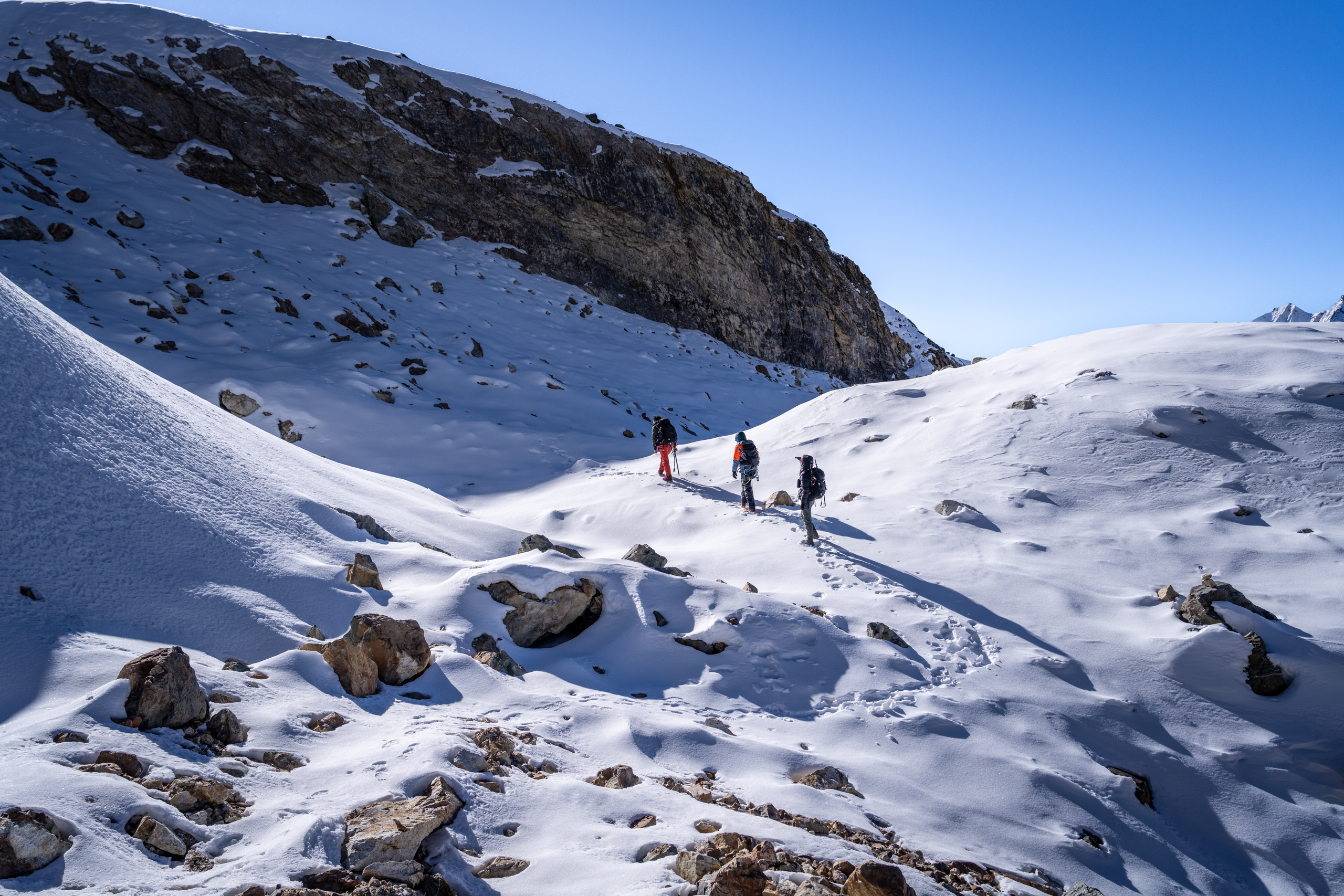
Pack Light With Layers, Layers, Layers!
When trekking in Nepal, the age-old adage holds true: less is more. Picture this: majestic peaks, winding trails, and the crisp mountain air. Remember this golden rule – pack light. Why, you ask? Because, my fellow traveler, the unsung heroes of the trail are the diligent porters, poised to shoulder the weight of your belongings.
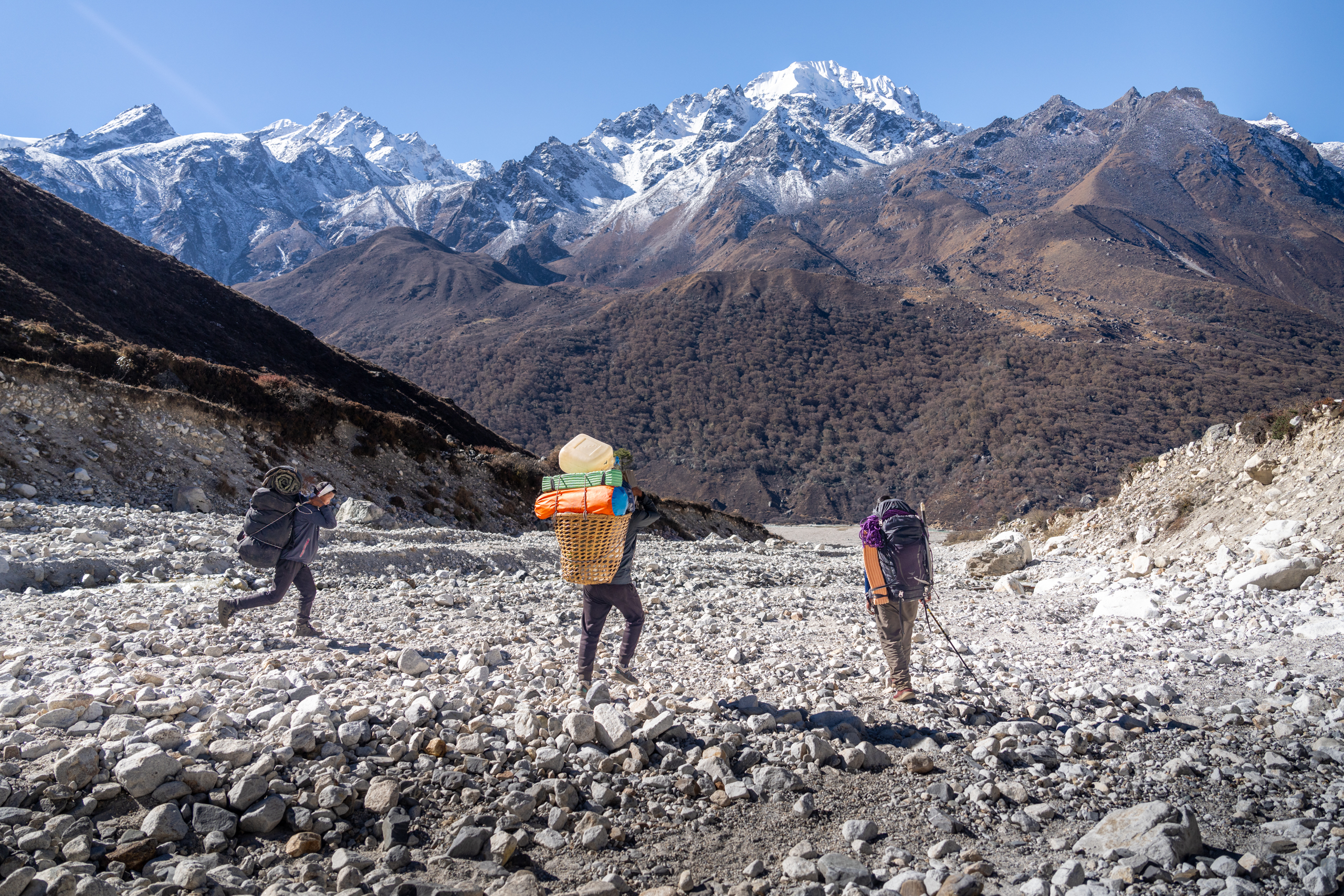
Navigating the undulating terrain, the weather in Nepal is as diverse as the landscapes themselves. So your backpack should be a versatile arsenal. Think layers – the secret weapon against the unpredictable whims of altitude and climate. Shed or add, adapt on the fly.
Considering the best time to visit Nepal is a nuanced dance with nature. Spring and fall are going to be the best seasons for trekking. Summers can be incredibly hot and end with the downpours of monsoon season. But no matter the season you want to be prepared for all weather conditions – and donning those layers is going to be the best way to do so. Take a look at our Go-Anywhere Global Adventure Packing List for a great guide on how to pack light and embrace layers.
Visa Requirements: Bring Cash!
Nepal has a generous tourist visa policy. But know that a visa IS required. They issue them in 15, 30, and 90 day increments and the price changes accordingly. They are issued on arrival and you are able to apply online within 15 days of your arrival date. But a big insider tip that first-timers typically aren’t aware of is that you DO need to bring US Dollars (no credit cards, no other currency except USD or Nepali Rupees) to pay for your visa fee at the visa counter prior to going over to immigration. They have a couple ATMs in the terminal but literally only two. And the line can get long very fast. So if you have your online application and your $30-$50 US Dollars ready in hand, you’ll look like an old pro and get on your way much quicker than most!
Backpacking Nuances And Hospitality In Nepal
Nepal’s greatest asset are its people. They are so kind, generous and humble. And it’s important to treat them with that same kindness especially in the mountain villages. Something that can be a bit confusing for folks is how the teahouses (lodges) function in the mountains. You pay for a room which is truly JUST a bed. And you may only pay $3-$5 for a bed.
The teahouses make most of their money on food sales. So it will feel odd to spend $7-$10 on dinner but half that for your room. However, other amenities or creature comforts also come with a fee. Itching for a hot shower? Unless you have an ensuite bathroom (you typically will not), then you’ll be paying $3 for a hot shower. Want to get online to send a text message or check your email? That’s another $3. Want to plug something in to charge? Some lodges also charge a fee to charge your electronics in the main dining room. Need a roll of toilet paper? Add it to the bill!
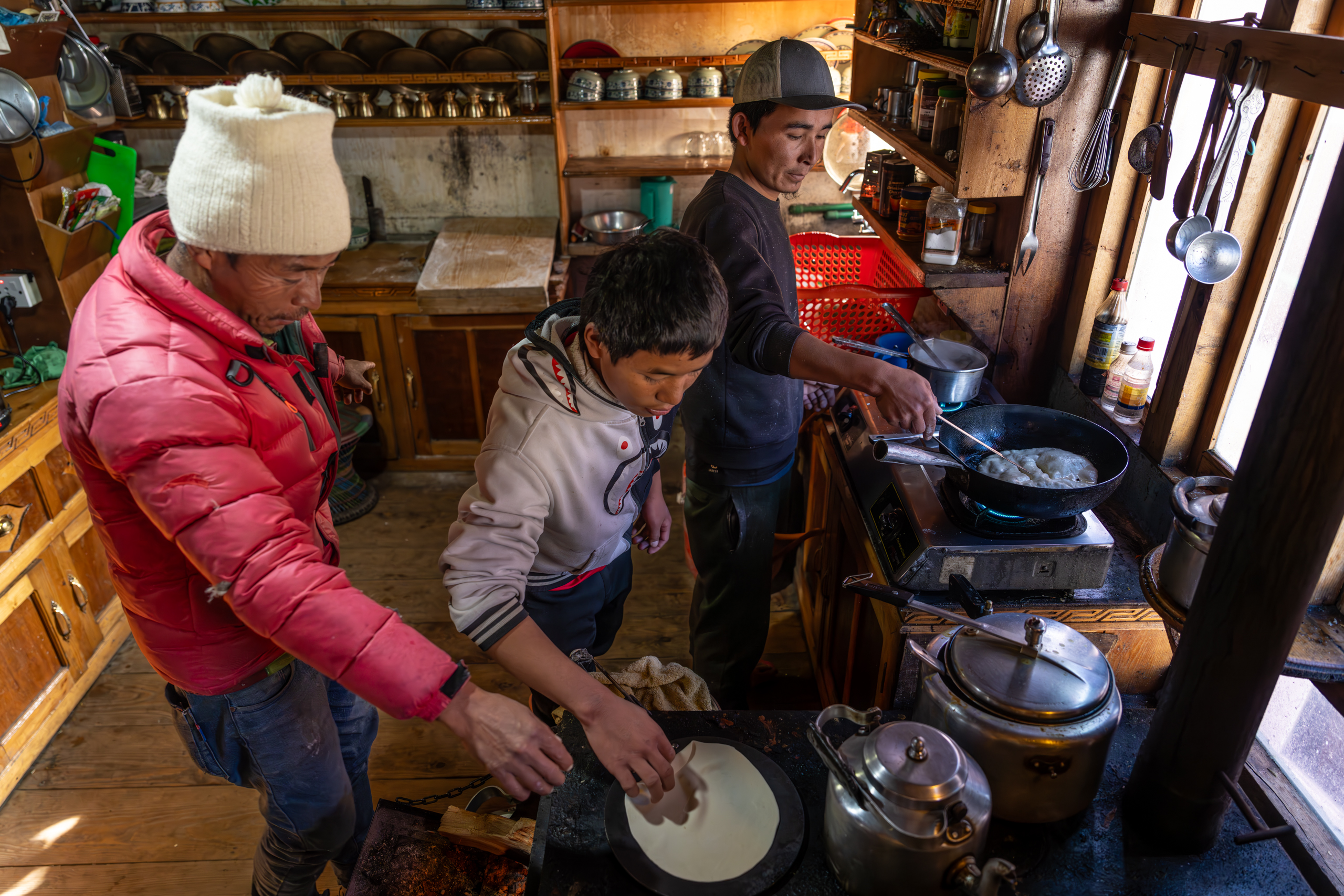
The first time I went to Nepal, one solo trekker was trying to argue and negotiate his way through cutting costs all along the trail. It was a total nightmare to witness and incredibly presumptuous and rude. Hopefully going in with the mindset that you’ll be pay extra for those creature comforts on the trail will alleviate any need to bargain down.
From a gal that’s been to Nepal four times, this post was all about those insider tips that you won’t typically find when planning a trip to Nepal.
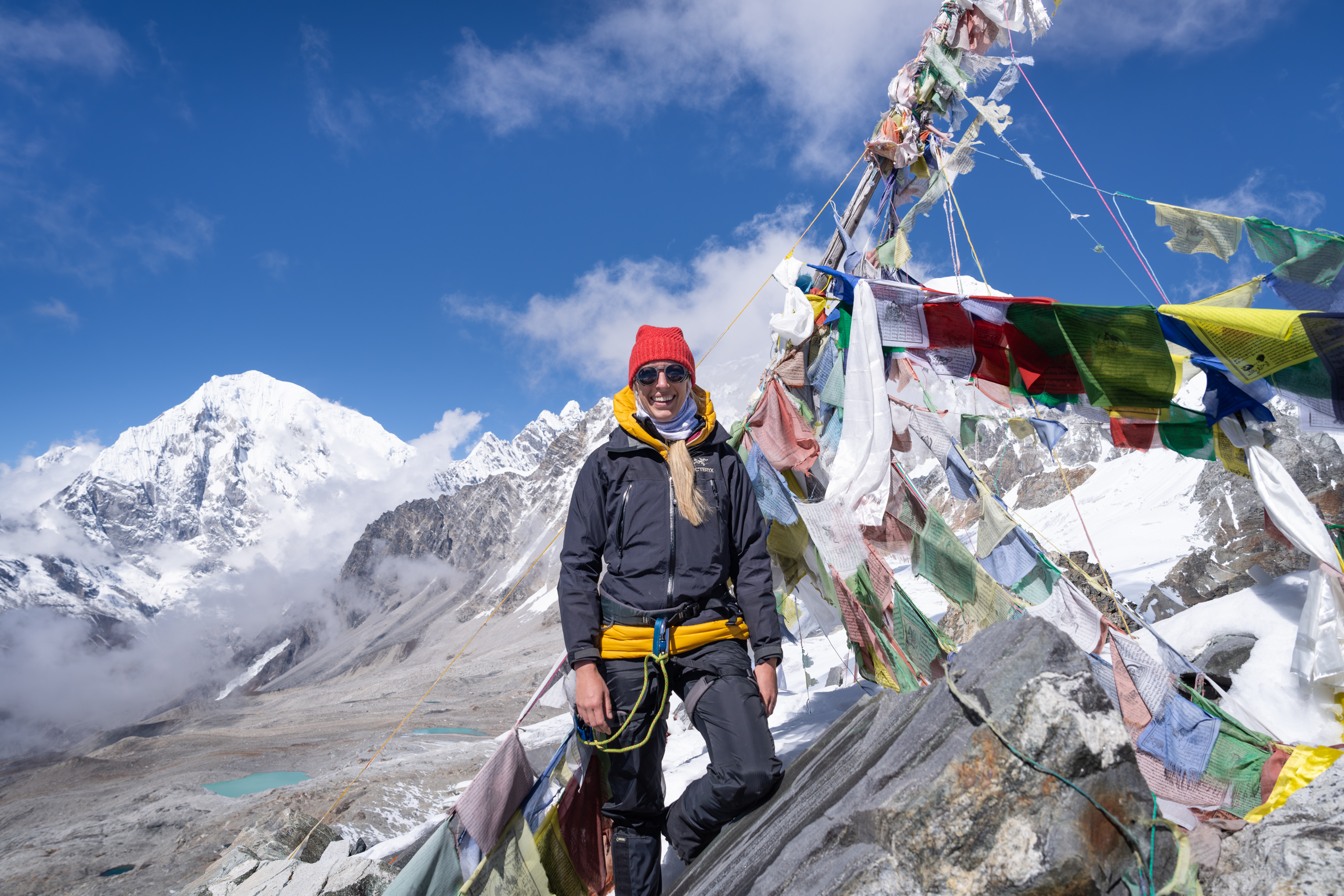
Related Posts You Should Explore
January 3, 2024
|
Hey There! I'm Hilary Lex
I’m here to help women step into adventure and feel confident on the trail. With years of backpacking experience, I’ve created Hilary Lex Treks to guide you on unforgettable journeys through wild places like Glacier National Park. Whether you’re just starting or ready to take on a new challenge, I’m here to support you every step of the way. Let’s get you out there and make your adventure a reality.
Stay in Touch
Letters about my latest adventures, obsessions, and industry news – just a little something to invite bewilderment into your daily life.
